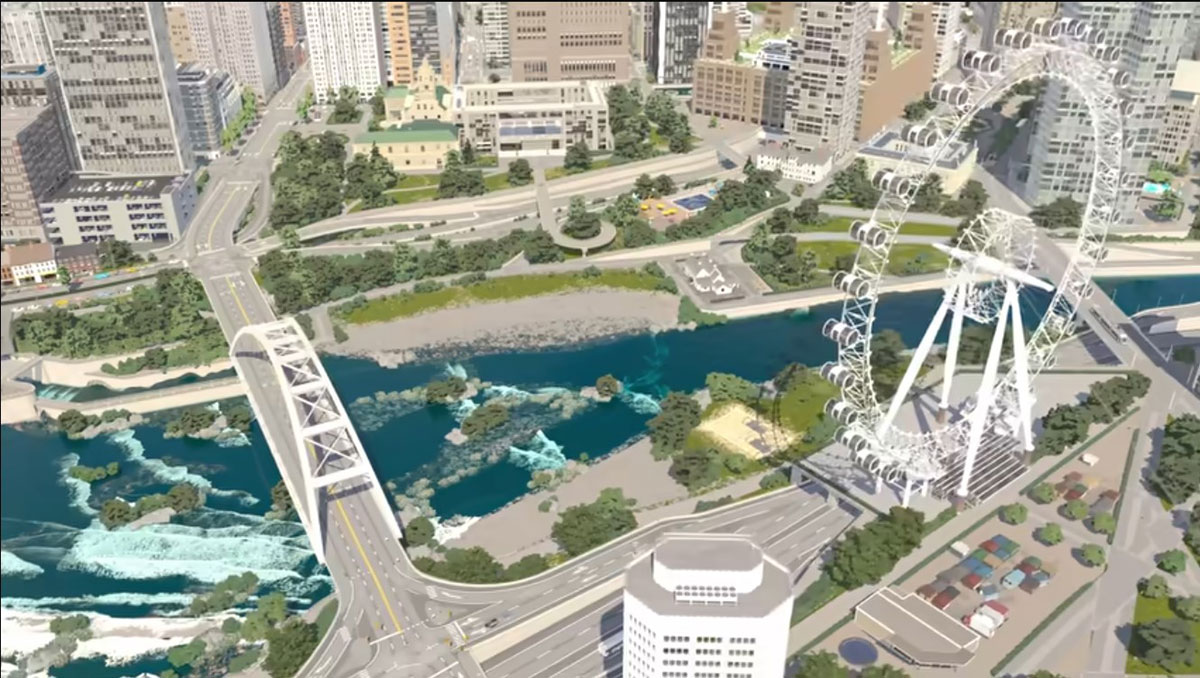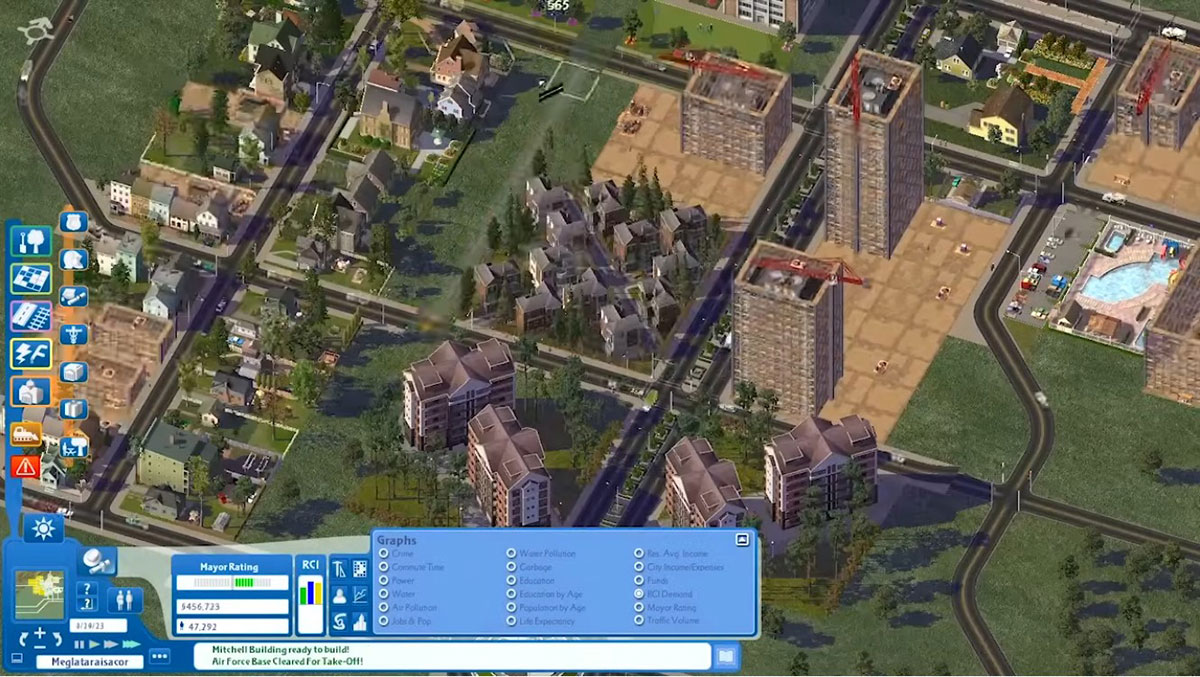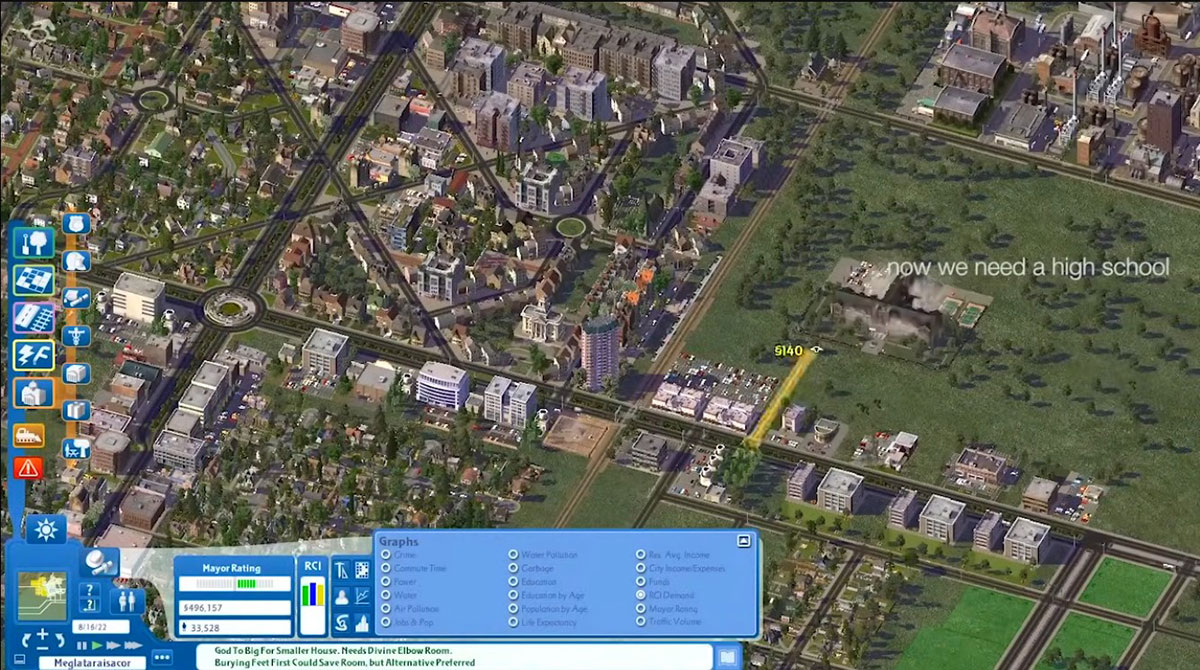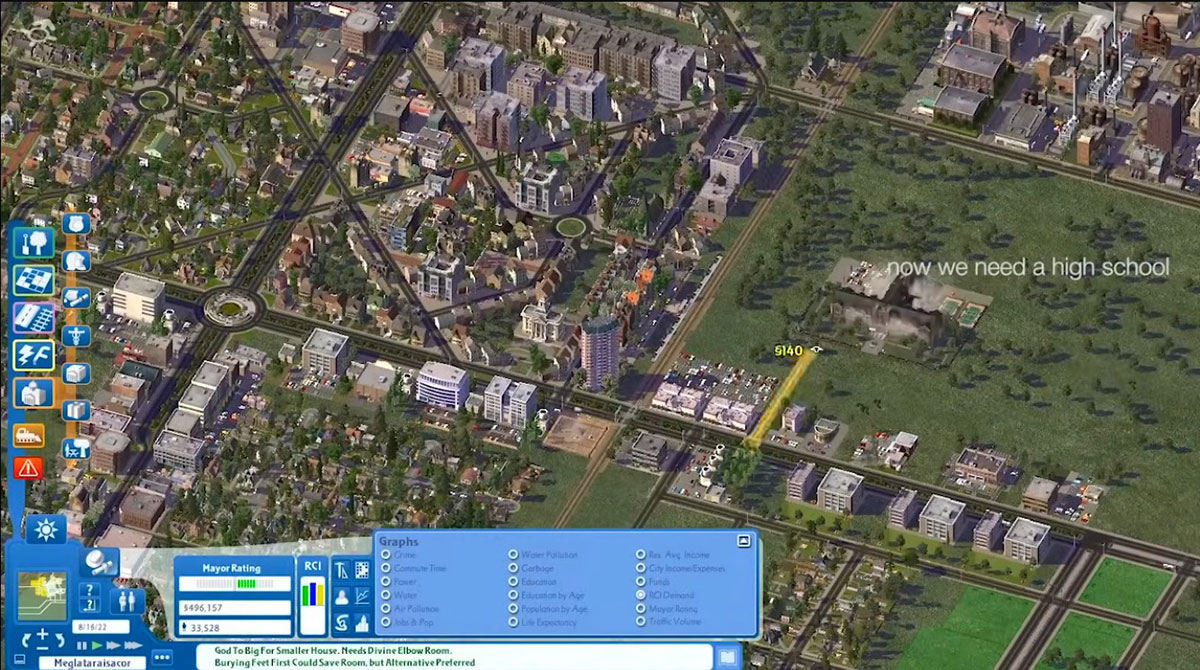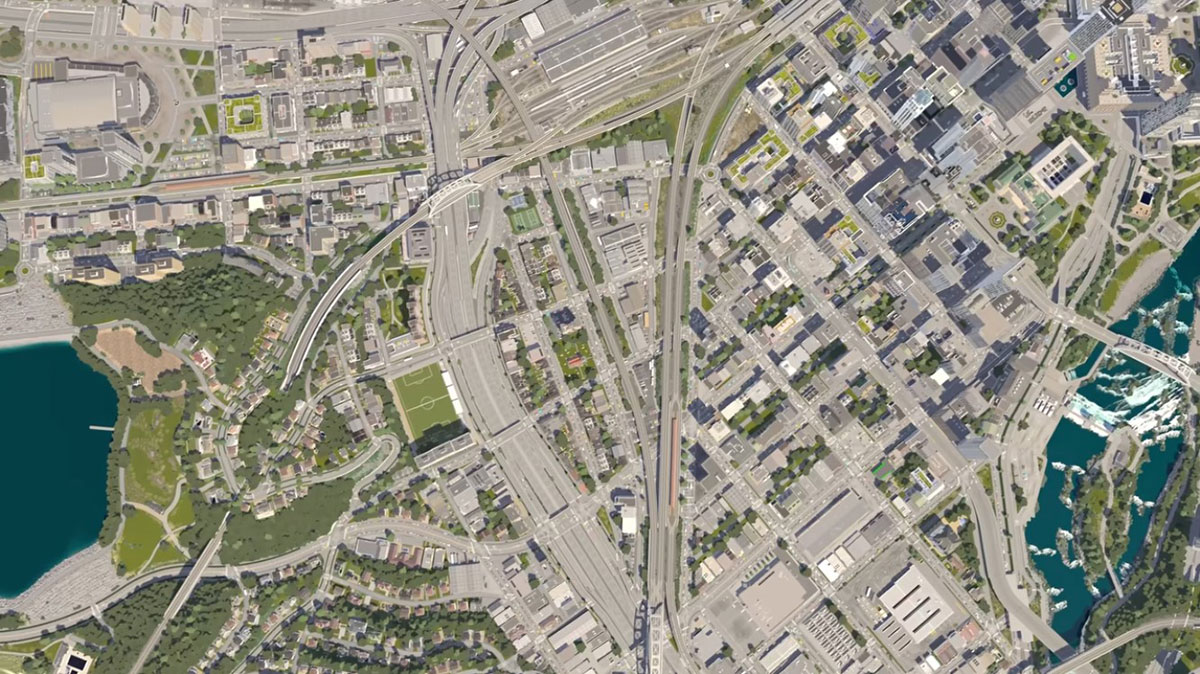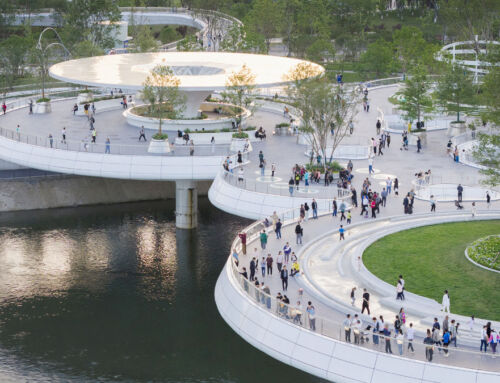City design and construction video games have transformed complex urban planning concepts into accessible, fun experiences. What began as mere entertainment has become a space for experimentation where players discover, almost without realising it, the fundamentals of urban planning and development.
SimCity (1989): the digital foundations of urban planning
Will Wright’s revolutionary game created a genre and established the visual language for understanding cities. It introduced zoning as a puzzle, albeit in a simplified form, with residential, commercial and industrial areas. Players learned through trial and error that locating factories near homes, for example, led to pollution and health problems.
In addition, the game highlighted the importance of infrastructure as the urban nervous system; in other words, that electricity grids, water pipes and roads are interdependent. Emergencies, such as fires or floods, served as stress tests to assess the resilience of each design.
However, this first generation of simulators had a limited vision, where the player acts as an omnipotent planner, without considering citizen participation.
Skylines (2015): simulation comes of age
With Skylines, Paradox Interactive improved the realism of the genre. It implemented a detailed traffic system that simulated the behaviour of each vehicle and pedestrian, forcing players to design hierarchical road networks and integrated public transport systems. It also introduced a multi-factor urban economy that reflected the real dilemmas of local governments, for which it was necessary to balance taxes, subsidies and long-term investments. In addition, it incorporated elements of sustainability, such as the concept of noise pollution or waste management, layers of complexity absent in classic titles.
The educational value of urban simulators
These games teach using a method that is impossible in real life: error without consequences. Players can experiment freely: building cities without green spaces, for example, and observing their impact on health; or designing inefficient transport systems that collapse the economy; or trying out different intersection designs until they find the right solution. This method produces a community of enthusiasts who intuitively understand urban planning concepts such as the relationship between density and public transport, the effect of mixed-use areas on urban vitality, or the trade-offs between horizontal expansion and vertical growth.
More than games, tools for thinking
Modern urban simulators do not replace academic studies, but they have democratised access to urban planning thinking. By turning abstract concepts into interactive experiences, they enable millions of people to think critically about how real cities are built, designed, and maintained. In this way, urban simulators have become unexpected allies of civic education.
By David González Molina, BIM manager in the Architecture Department at Amusement Logic


